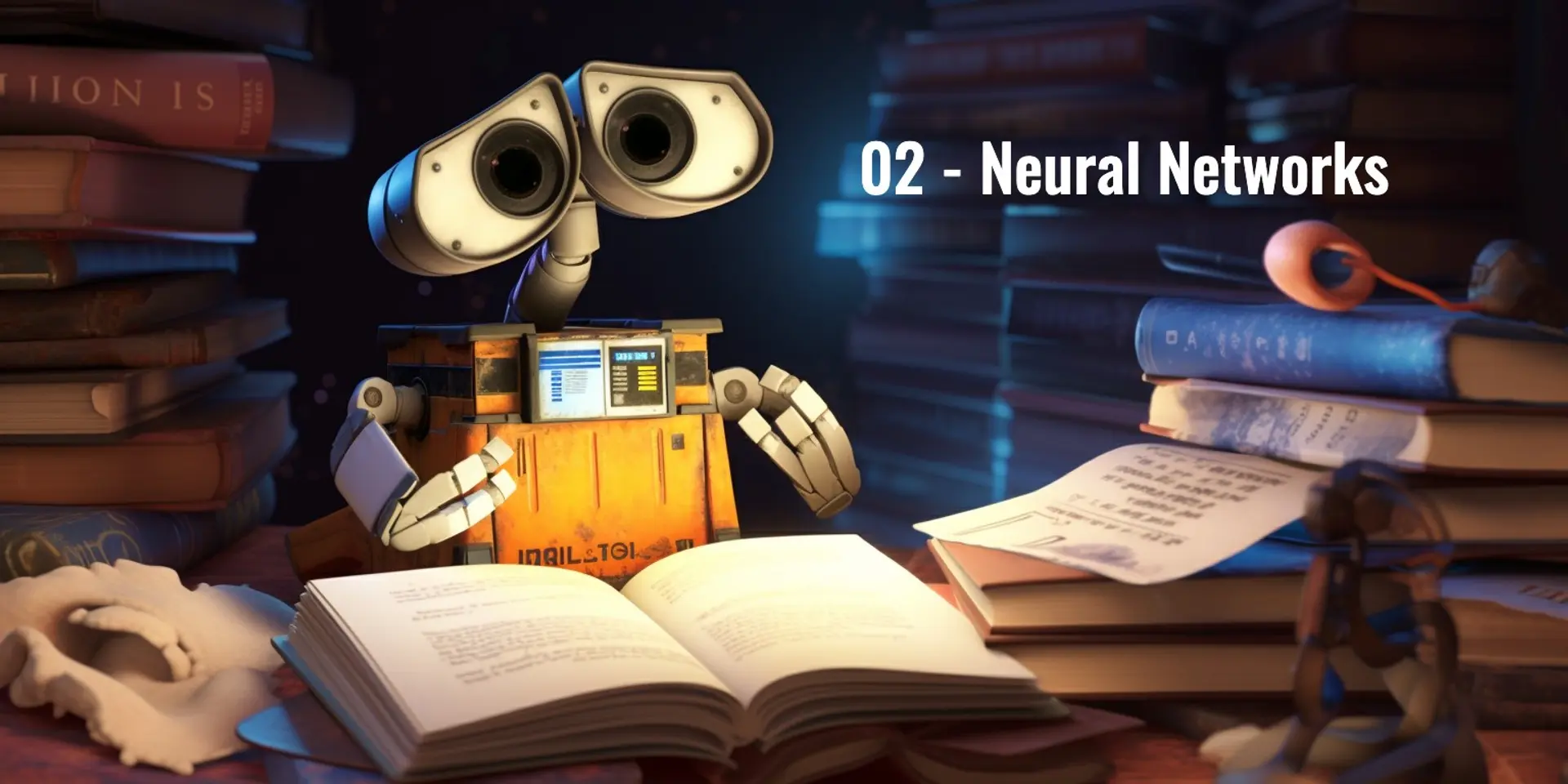AI Terminologies 101:Understanding Neural Networks
Learn how neural networks are modeled after the human brain and used to power modern AI applications.
Neural Networks are a type of artificial intelligence (AI) that's modeled after the way the human brain works. They're made up of interconnected nodes or "neurons" that process information and communicate with one another to perform tasks like pattern recognition, classification, and prediction.
Neural Networks are a key part of many modern AI applications, from image recognition to natural language processing. They're especially useful in tasks where traditional rule-based programming methods are insufficient or too complex.
There are several types of Neural Networks, including feedforward, recurrent, and convolutional. Feedforward Neural Networks are the simplest type and are used for tasks like classification and prediction. Recurrent Neural Networks are more complex and are used for tasks like sequence modeling and language processing. Convolutional Neural Networks are specialized for image and video processing tasks.
Neural Networks learn from data through a process called "training." During training, the network is fed a large amount of data along with the correct outputs, and it adjusts its internal parameters to minimize the difference between its predicted outputs and the correct outputs. This process continues until the network can accurately predict outputs for new, unseen data.
One of the key advantages of Neural Networks is their ability to learn complex, non-linear relationships between inputs and outputs. This allows them to handle tasks that would be difficult or impossible for traditional rule-based systems, like recognizing faces or understanding natural language.
However, Neural Networks can also be computationally expensive to train and may require large amounts of data to achieve good performance. They're also often seen as "black boxes," meaning that it can be difficult to understand exactly how the network is making its predictions.
Despite these challenges, Neural Networks are an important tool in the AI toolkit and have enabled many of the recent breakthroughs in AI. As AI continues to evolve, we can expect to see even more sophisticated Neural Networks and AI applications in the future.
In future articles, we'll dive deeper into some of the other AI terminologies, like Deep Learning, Natural Language Processing, and Reinforcement Learning. We'll explain what they are, how they work, and why they're important. By the end of this series, you'll have a solid understanding of the key concepts and ideas behind AI, and you'll be well-equipped to explore this exciting field further.








